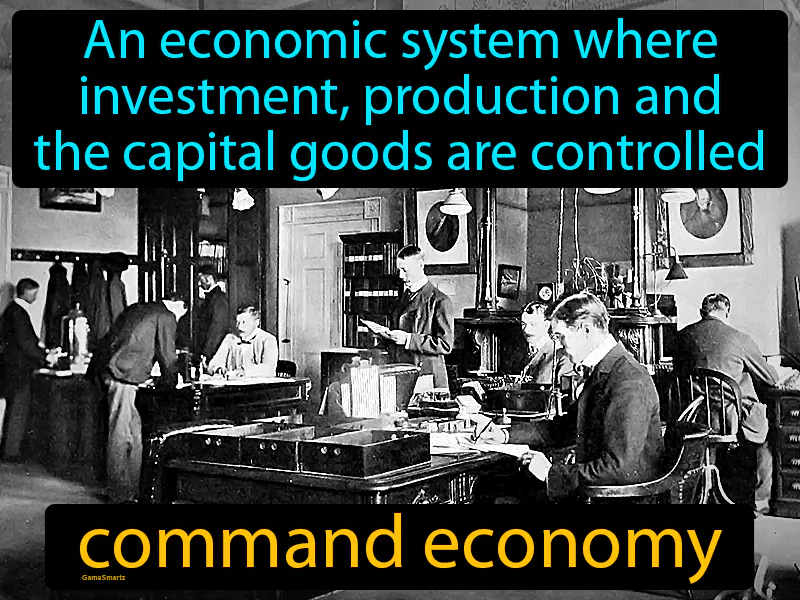Command Economy
Command Economy: Easy to understand
During the rise of totalitarianism from 1919-1939, countries like the Soviet Union adopted command economies to control all aspects of production and distribution, aiming for rapid industrialization and eliminating unemployment. This system responded to economic instability and the perceived failures of capitalism, especially after the Great Depression. It was important because it allowed totalitarian regimes to strengthen their power by controlling resources and influencing citizens' lives directly. Today, command economies still exist in places like North Korea, where the government decides what goods are produced and how they are distributed, affecting citizens' access to basic needs. For example, if a government-controlled system decides there's no need for certain technology, people living under that system might not have access to smartphones, impacting their ability to communicate and access information.

Practice Version

Command Economy: An economic system where investment, production, and the capital goods are controlled. Command economy. In a command economy, the government makes all the major decisions about the production and distribution of goods and services.